There’s been a mutually agreed viewpoint when discussing the above with those in the know: ‘It had to happen’. Naturally, this ‘cooling off’ phase is plainest to see in the most visible sector of the market, the auction hall. “Generally speaking, demand hasn’t tailed off, but there has been a notable increase in supply,” says Dietrich Hatlapa, Founder of the Historic Automobile Group International. “There are more dealers, more auction houses, and more cars consigned to an increasing number of sales.”
Seller strong-arm tactics
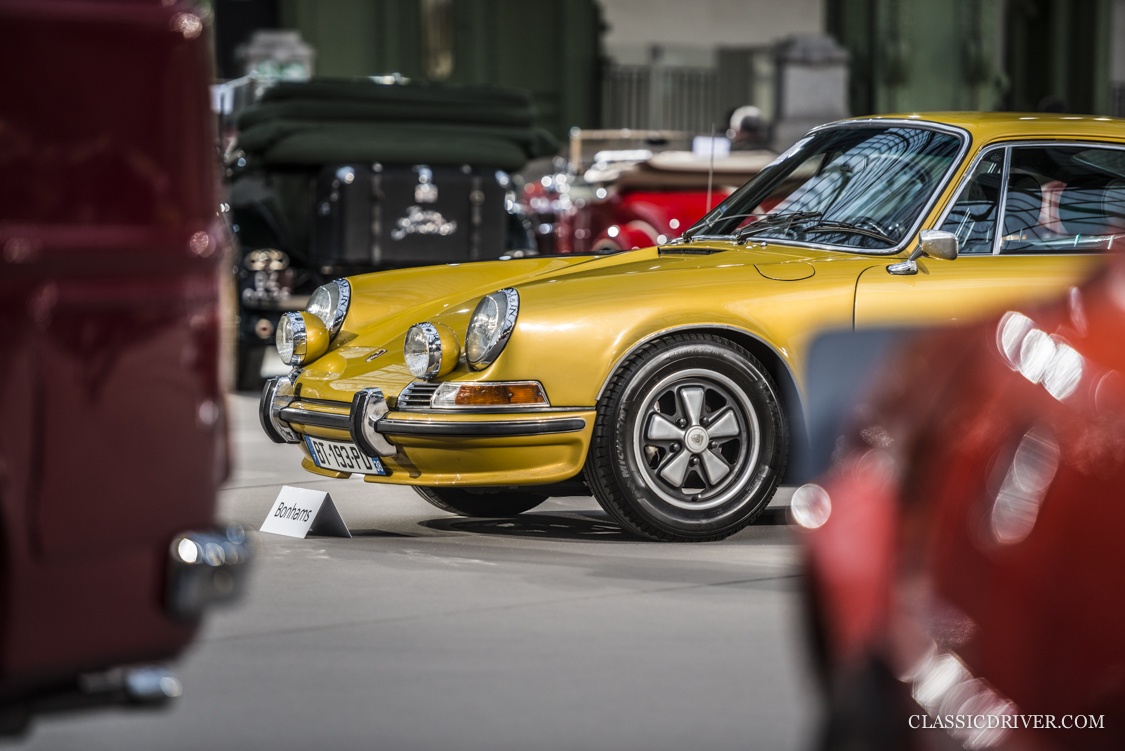
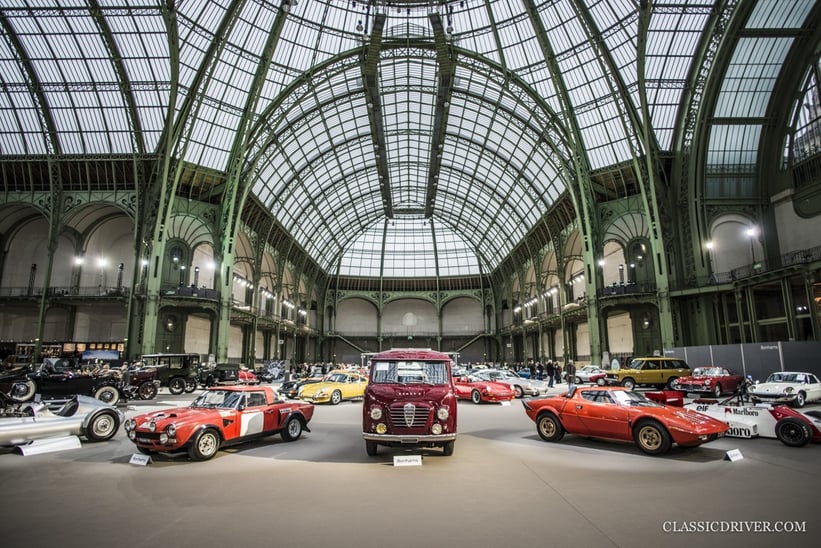
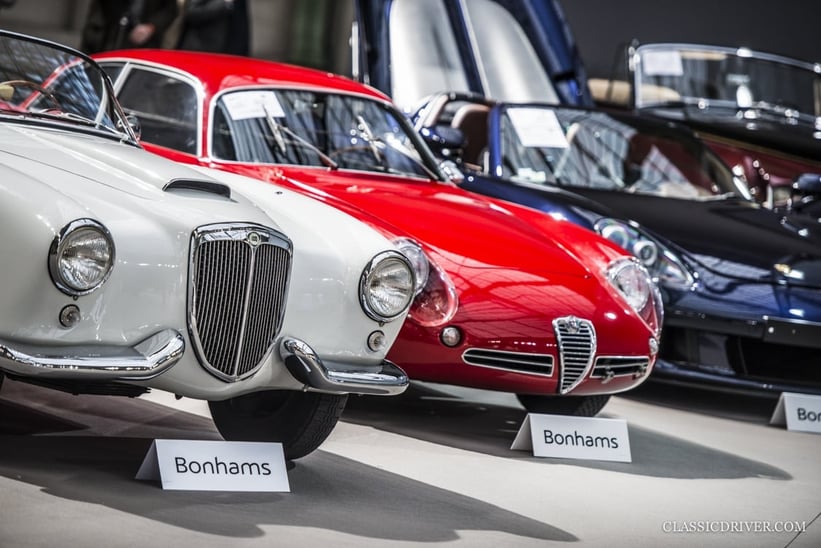
The subsequent effect has been two-fold: firstly, sellers have had the power to strong-arm the auction houses into taking on cars with unrealistic estimates attached and, in the resulting rush to populate an increasing number of auction catalogues, they’ve been less selective with the cars they have taken on. “All the auction houses have been subjected to a drop in sale rates, and we must all adapt to the market trends,” says Group Director of the Bonhams Motoring Department, James Knight. “The sort of cars that are readily available and can be bought every day of the year – Jaguar E-types, Porsche Carrera RS 2.7s, Ferrari 275 GTBs etc – have been subjects of a feeding frenzy over the past few years, and that has naturally cooled off.” Gord Duff, Car Specialist at RM Sotheby’s, notes similar observations: “Depending on the marque, the value adjustments can be largely explained by simple supply and demand. Take air-cooled Porsches and sports cars from the 80s and 90s, for example, which had all been on such a rise in the last few years – resulting in a flood of examples on the market, and in turn, a cooling in prices.”
Quality control
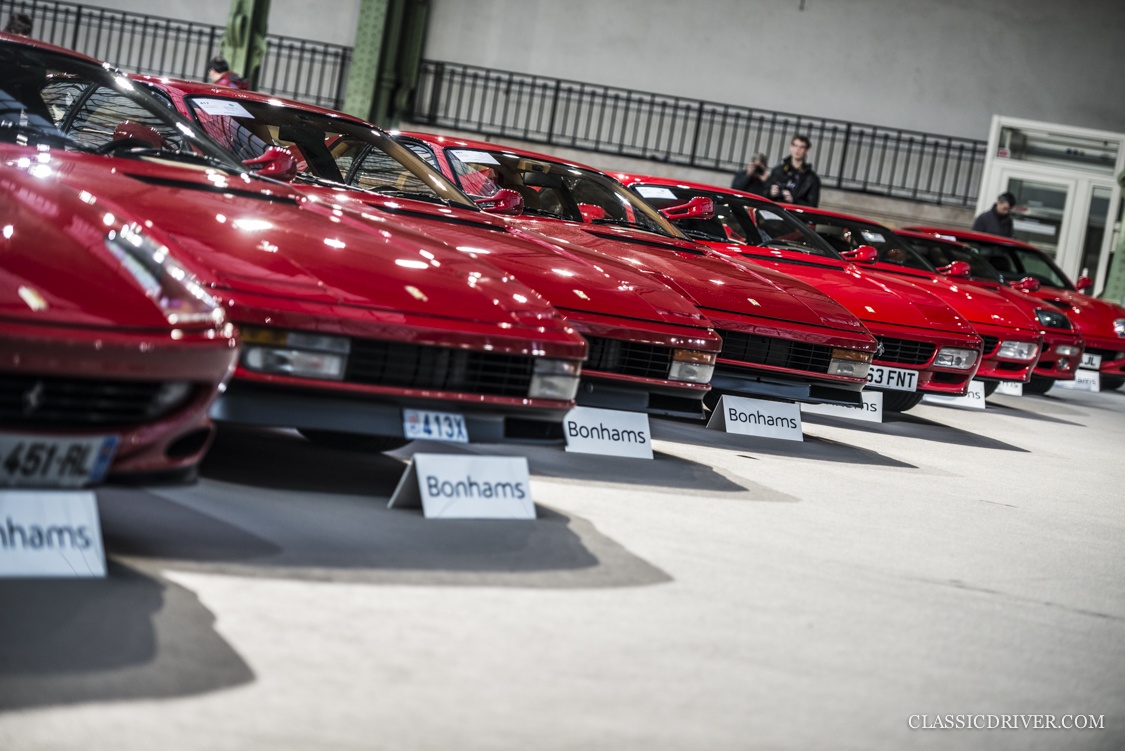
Many experts believe the ‘leveling out’ is also due to less choice examples of such cars being sent to market. “Almost all of the HAGI indices saw a drop in January at the time of the Scottsdale auctions, and this is reflective of the fact that many people perceived the cars offered there to be of lower quality,” says Dietrich Hatlapa. Respected collector car dealer Gregor Fisken concurs: “Cars that are repeatable and often of average quality have quite rightly cooled off. In contrast, we’ve negotiated the sale of four significant cars since Rétromobile, and I can tell you that each was sold for a sum far greater than when it was sold last, when the market was supposedly at its peak. From our point of view, this upper sector of the market is holding up rather well, and will continue to do so as long as cars are priced accurately.” This unwavering quest for the best is nothing new, as James Knight remembers: “Even when the market was on its knees in the summer of 1991, we sold a collection of rare, highly collectable cars – those I’d refer to as ‘best of breed’ – for tremendous prices.”
Balance of power
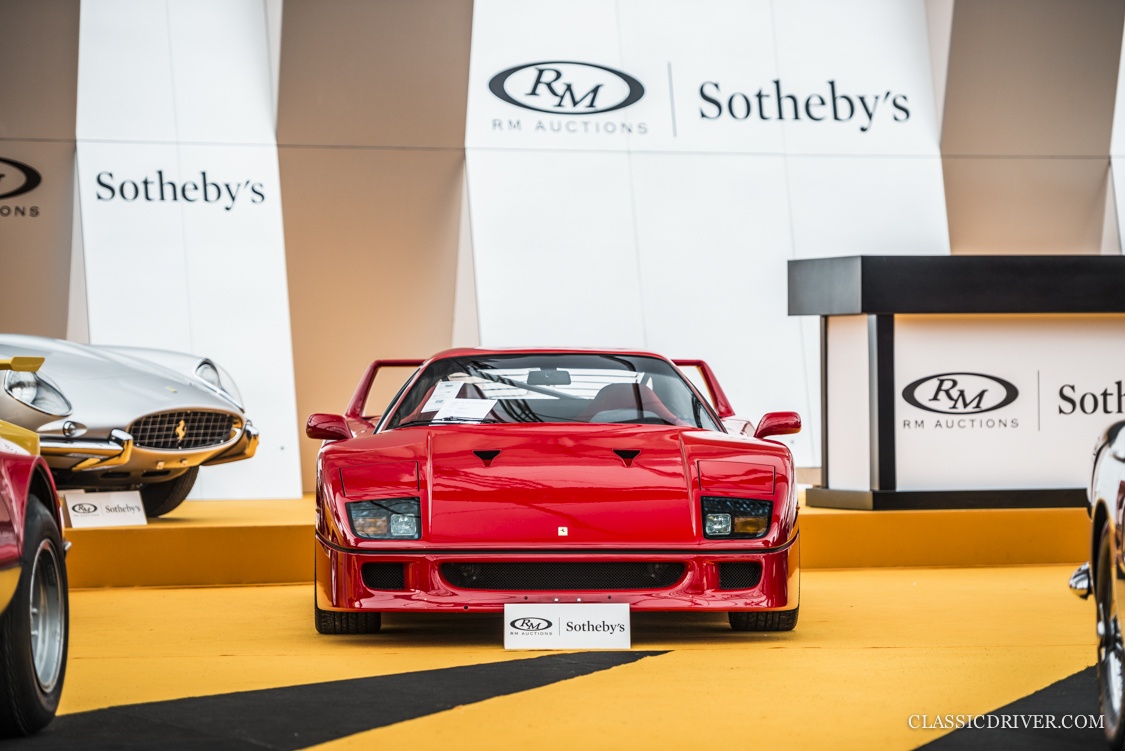
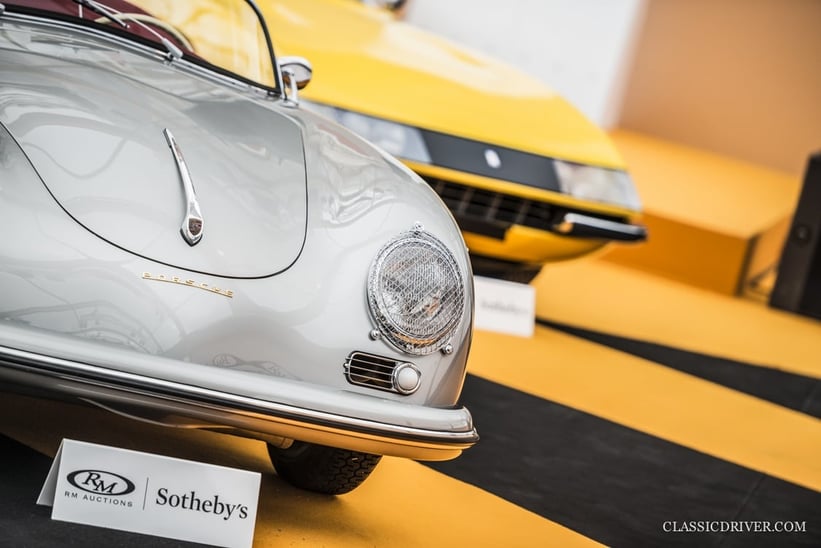
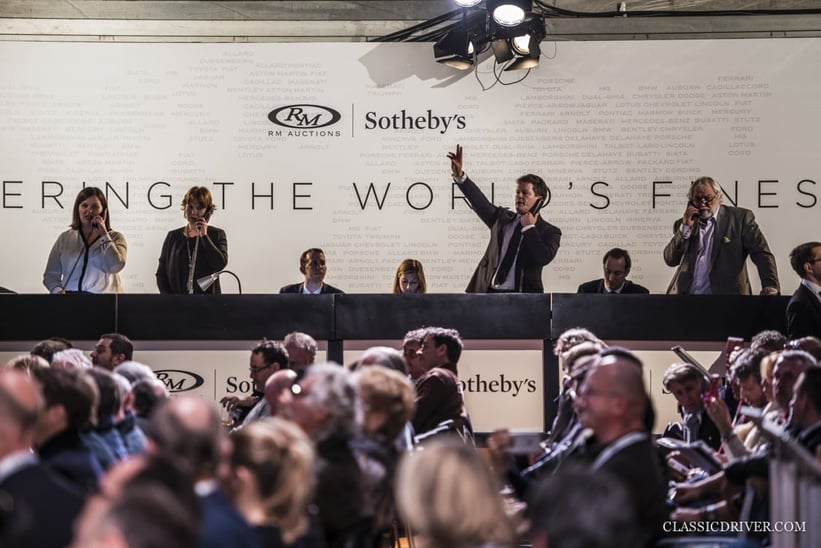
“The data is telling us the value gap between a good example and a great one is becoming more pronounced, and it’s likely that will continue as buyers can afford to be more selective,” says Hatlapa. Gord Duff agrees: “Today’s collectors are more educated and savvy than even before; they do their homework and are more selective, meaning there’s a growing gap between the so-called ‘average’ cars and the very best.” So, does this signify the balance of power completely shifting from seller to buyer? “It depends on the car,” says Fisken. “If you’ve got the right car, you’ve still got the balance of power. For example, 1,400 or so Ferrari F40s were made, and with the number on the market at the moment, a buyer has plenty of choice. If you’re looking for a short-nose Jaguar D-type, however, you’ll be up against a lot of competition if you want to secure that car.” Adolfo Orsi, market expert and author of the Classic Car Auction Yearbook, places a similar emphasis on quality: “There is no longer a queue to buy any old car at any price. Now buyers are more careful to evaluate rarity, quality and, above all, the history of cars. If they consider a price too high, they will not make an offer because they believe they can find a better example or one at a lower price in the near future.”
Newcomer’s luck?
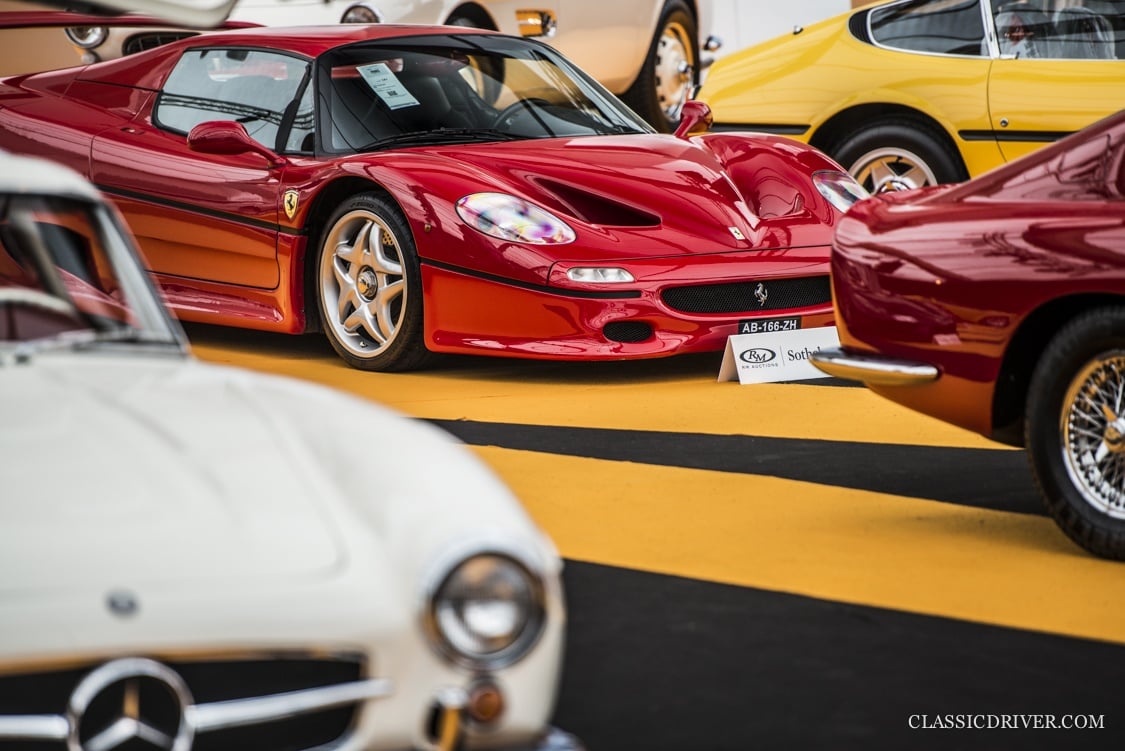
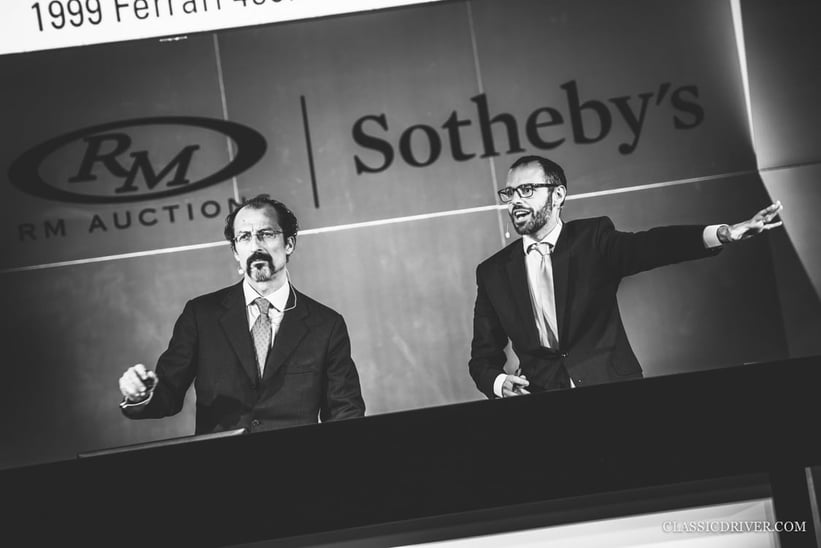

As the rapid growth in the classic car market has generally slowed, some have turned to rare modern metal – whether it be to experience the final hurrah of natural aspiration, or simply to cash in on demand. At the otherwise disappointing Arizona auctions, a McLaren P1 sold for 2.09m US dollars, and a duo of Porsche 918 Spyders sold for 1.76m and 1.6m US dollars apiece – all significantly more than they cost from the factory. “What I notice with interest is that there is a new market that has developed for recent sports cars and supercars that are made in relatively limited numbers, such as LaFerraris, GT3 RSs, 458 Speciales and the like,” says Gregor Fisken. “With some of the all-time greats reaching a really high price levels, it’s heartening to see people coming into the collector’s market and spending their money on more recent ‘best-of-the-best’ cars that are more affordable in relative terms. Inevitably, the ever-upward price trend of such vehicles will be challenged as the speculators look to cash in.” Dietrich Hatlapa is also watching this area of the market with great interest: “Usually, even with limited edition models, the prices will drop before they become a collector’s item and then prices rise again – but with some of these new cars, they skip the trough phase completely. However, in turn this makes it very difficult to justify actually driving such a car, because a large proportion of their value is linked to minimal mileage.”
Smart money
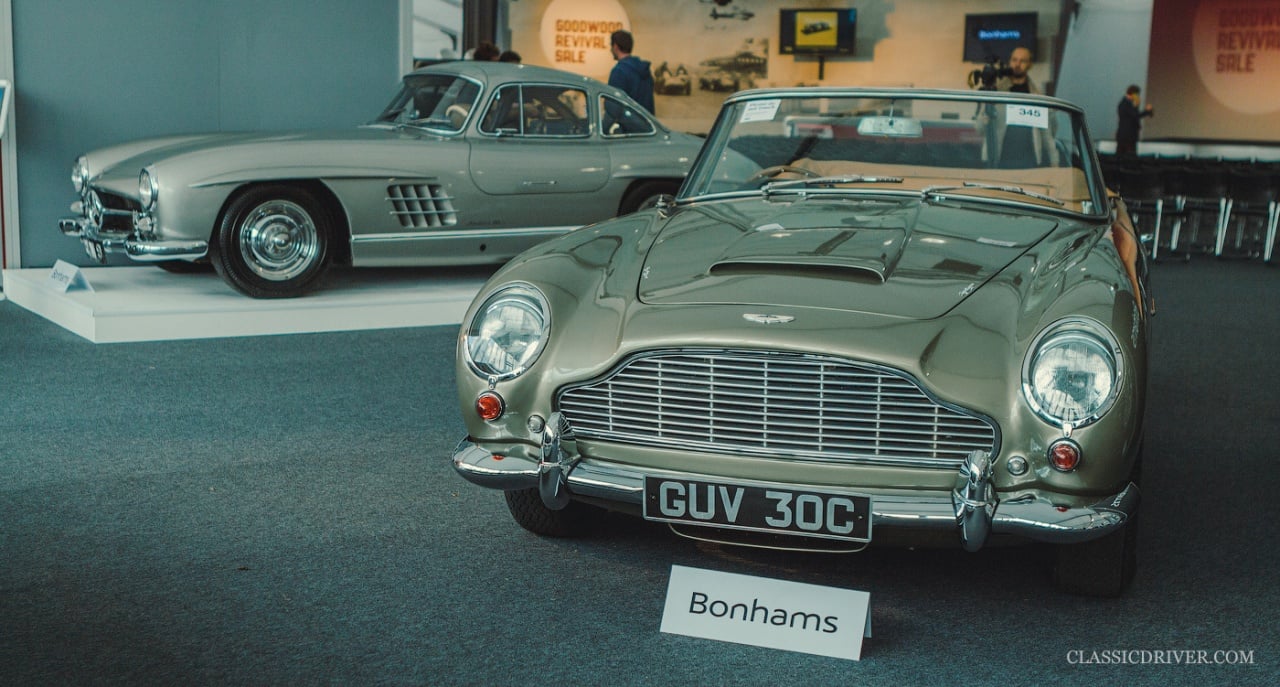
“For investors, classic cars are never a substitute for more traditional types of investment; they are always complementary to other assets in a portfolio,” continues Hatlapa. “It’s possible they are now looking elsewhere, although the stock market does not appear to be very fruitful in terms of return on investment at the moment, either. The fact remains that the vast majority of people operating in this market are enthusiasts, whether they also have an eye on potential investment or not.” We shouldn’t assume the less attractive short-term returns in the classic car market will lead to investor exodus however, according to Gregor Fisken: “The line between enthusiast and speculator is a lot more blurred that it might seem. Yes, there is always a level of entrepreneurial activity in the market, but that money is still hard-earned and the majority of these people are still making smart, informed decisions while engaging in their hobby.”
Onwards and upwards?
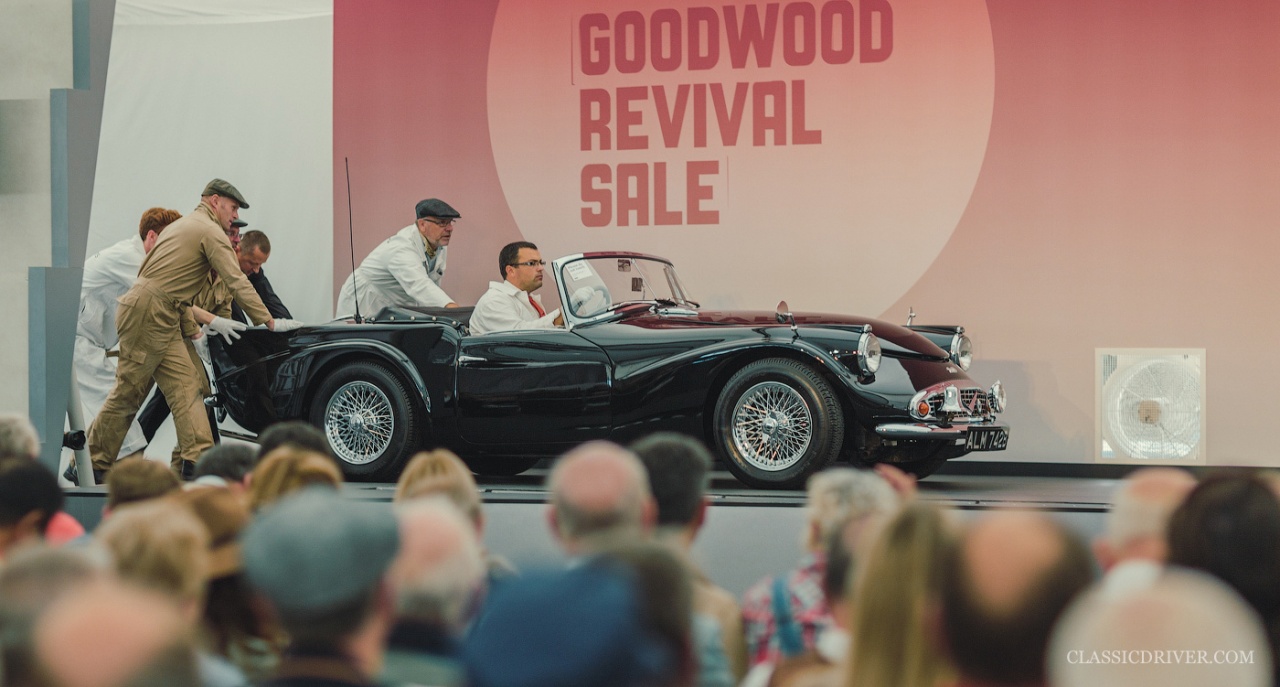
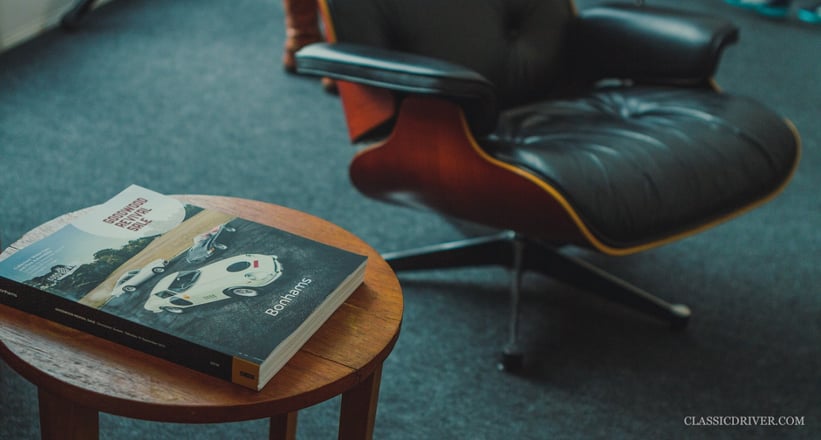
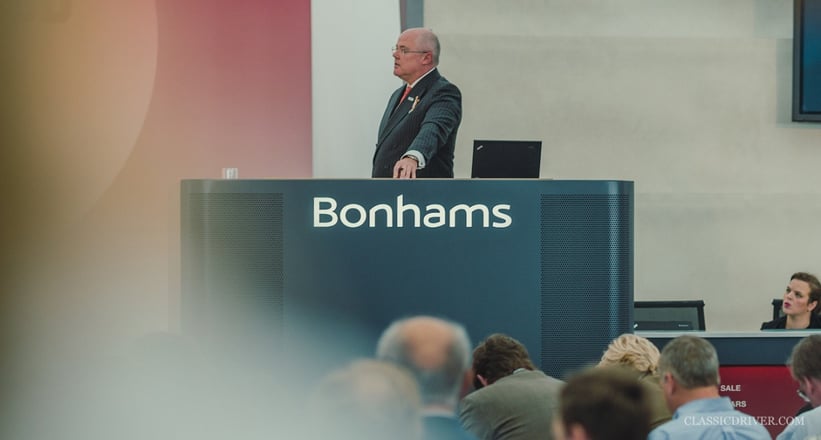
All parties we spoke with agreed that the recent ‘cooling off’ period is positive in respect of the market’s long-term prosperity. “We as auctioneers must have the confidence to decline consignments that aren’t priced attractively,” says James Knight. “Moving forwards, we need to be a little more circumspect on consignors’ expectations, and whether or not we take on a car that comes with an estimate higher than its market value.” There’s a similar message from RM’s Gord Duff: “While there have certainly been some price adjustments for various marques and models across the board, as reflected in results from the early 2016 sales in Arizona and Paris, there is no reason for alarm; the collector car market is alive and healthy, and we’re continuing to see an enthusiasm from collectors and strong money for rare, high-quality cars that are offered fresh to the market.”
For those that believe otherwise, a point James Knight makes gives recent events a little perspective: “I’m often asked when I think the so-called bubble will burst. A bubble bursting is a fairly catastrophic occurrence, and I don’t see a bubble bursting – I just see a market letting off a bit of steam. Pressure cookers have release valves to stop something disastrous happening, and that’s what we’re seeing here. The longer the market went up at such a steep angle, the greater the risk of a larger correction. The world is still populated by people that have a great love and enjoyment for these cars, and that will never change.”
Photos: Rémi Dargegen / Peter Aylward for Classic Driver @ 2016
















